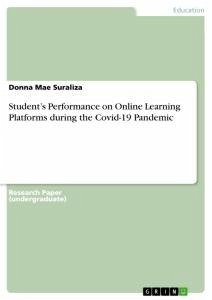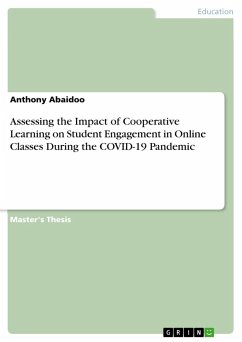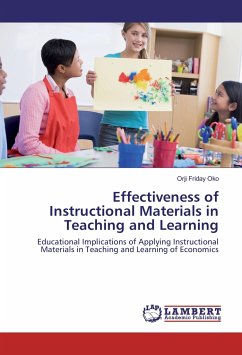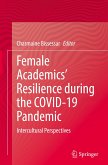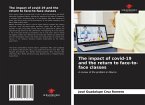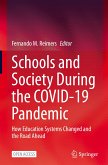Academic Paper from the year 2022 in the subject Pedagogy - Media Pedagogy, , language: English, abstract: This study aims to determine the level of effectiveness of video-based lessons as instructional learning material for pupils, as perceived by teachers in schools. Although it was revealed that video-based lessons as one of the instructional tools is rated as very effective by teachers, there are problems encountered in the utilization of them for pupils amidst the pandemic. These include lack of knowledge on how to utilize video-based lessons as a classroom tool, lack of instructional materials such as laptops and cellphones, that can be used in accessing the video-based information, difficulty in creating video-based lessons due to poor internet connections, short attention span among learners and big expenses on the part of pupils, especially during a pandemic, where not all pupils can afford to buy phones. The study successfully surfaced some teachers¿ solutions to resolve the problems in the utilization of video-based lessons as instructional learning materials, such as asking for assistance from an ICT Coordinator or well-trained teachers on how to learn to create and use video-based materials for teaching purposes, knowing the needs of learners. Also, watching YouTube videos to gain different ideas on how to create interactive, short video-based lessons to address pupils who have a short attention span while watching lessons and attending online training, relative to the development and utilization of video-based lessons to equip them with the skills in teaching classes in modern ways. Both quantitative and qualitative methods were used in the study. The respondents of the study were fifteen elementary teachers. A purposive sampling technique was utilized. Interviews, Survey Questionnaire, Participant Observation, and Focus Group Discussion were the methods employed.


